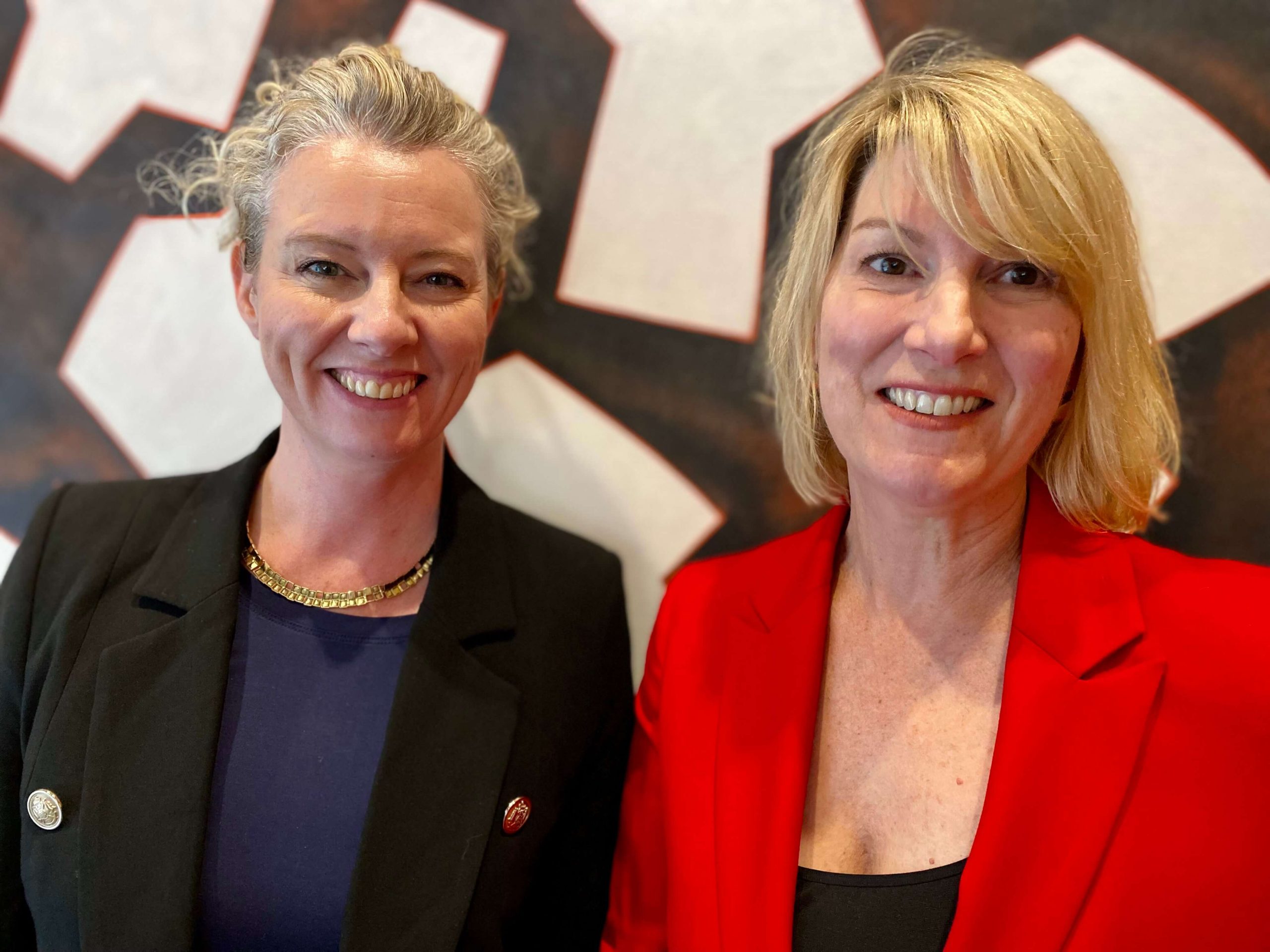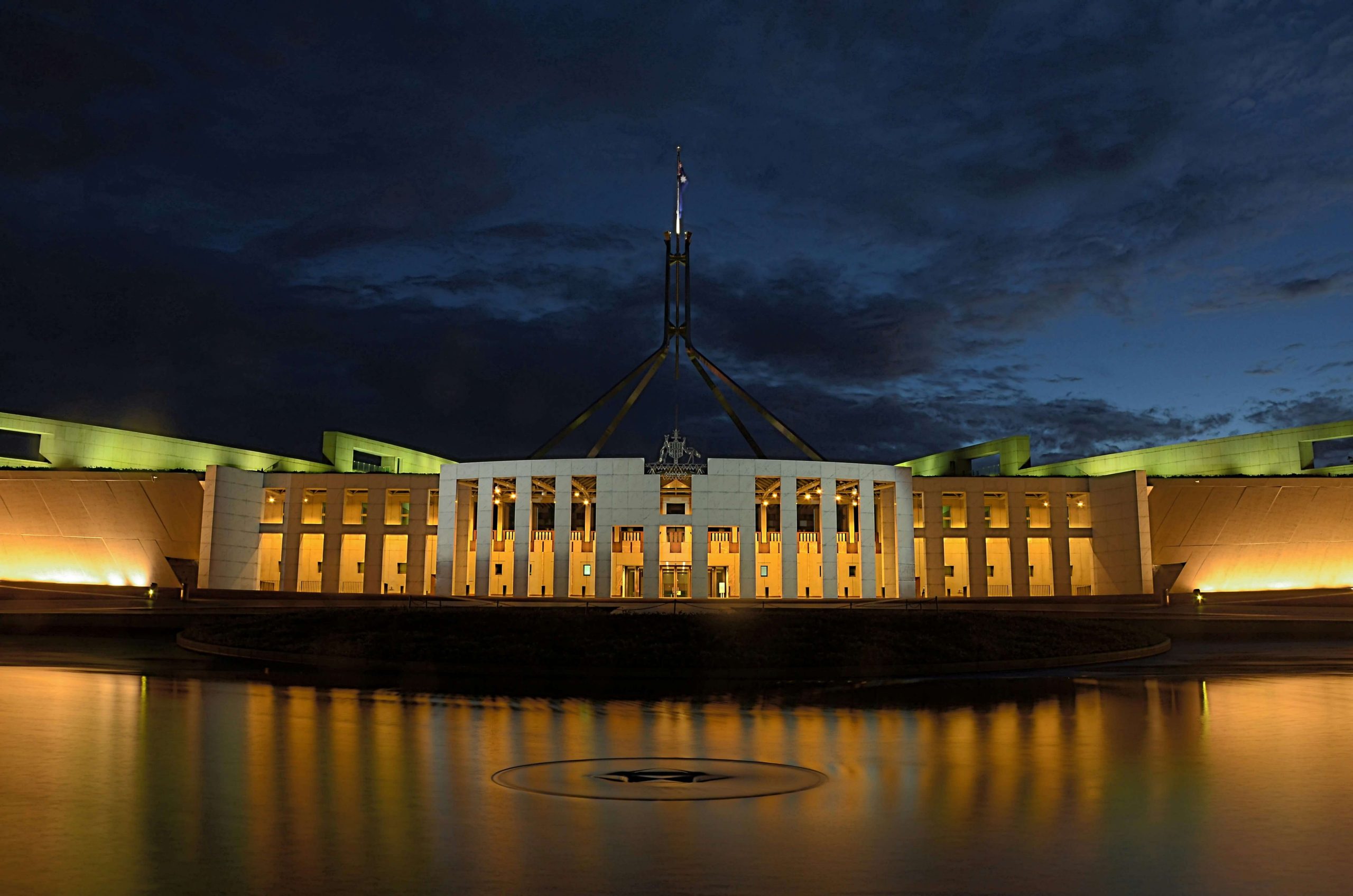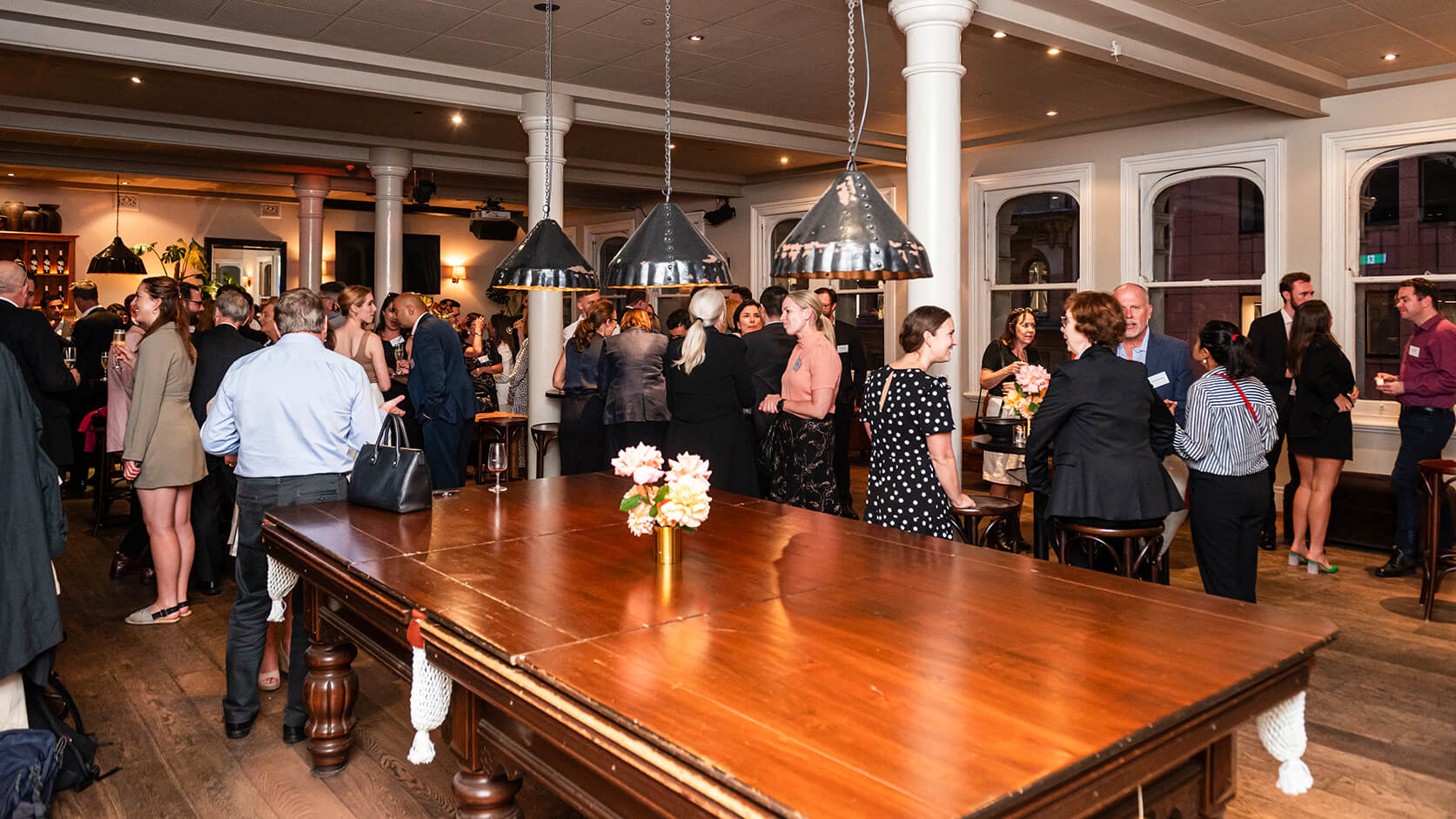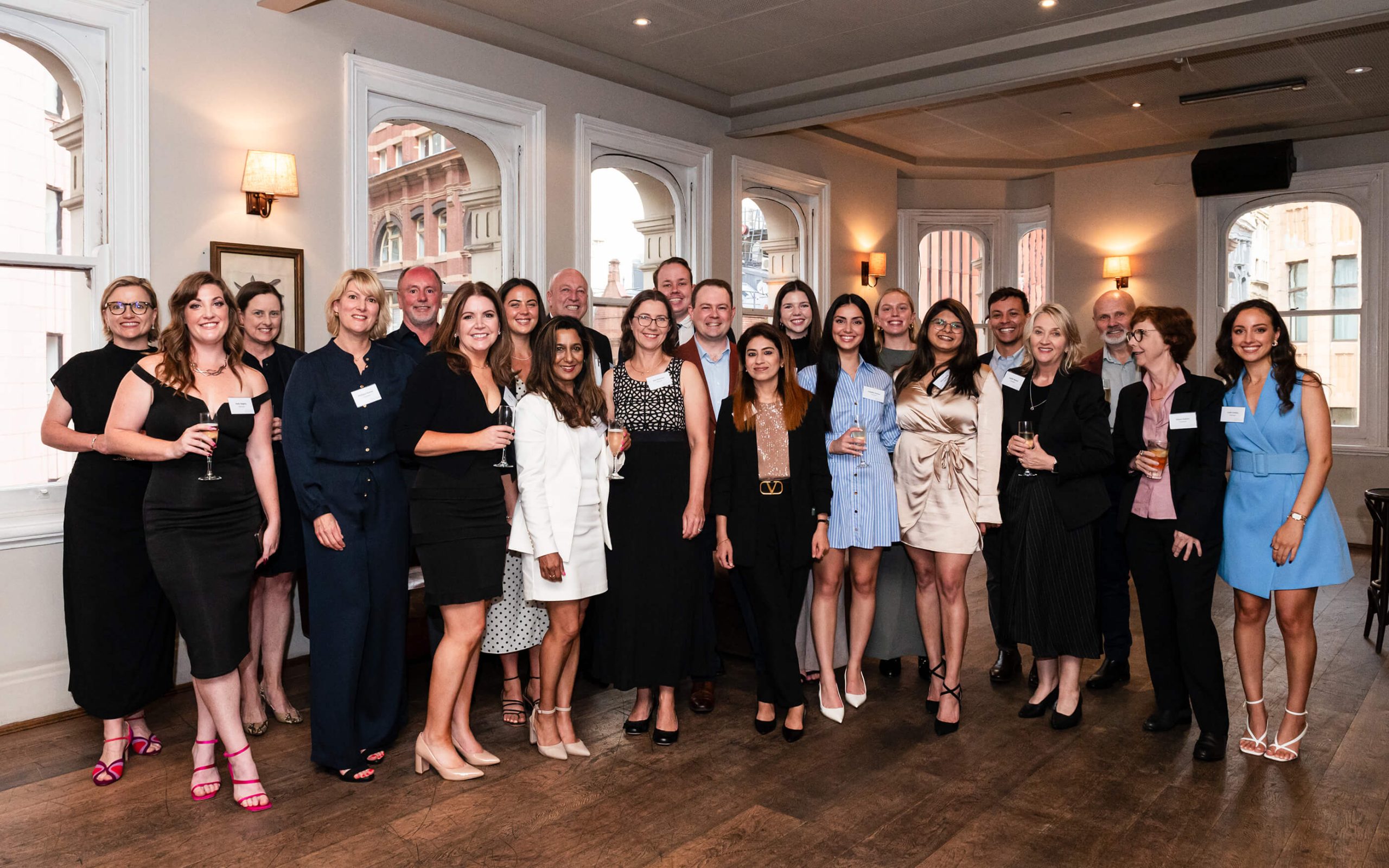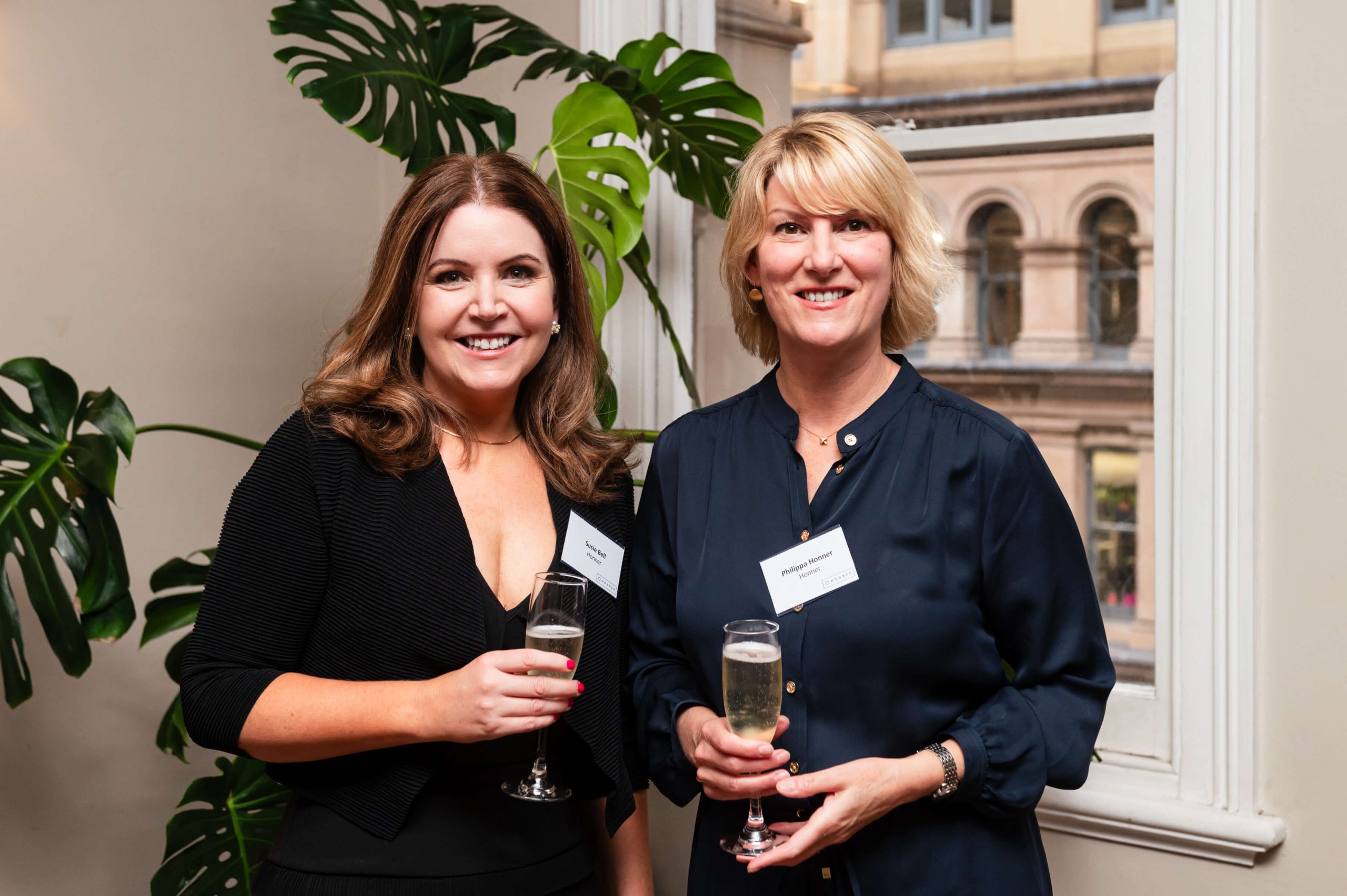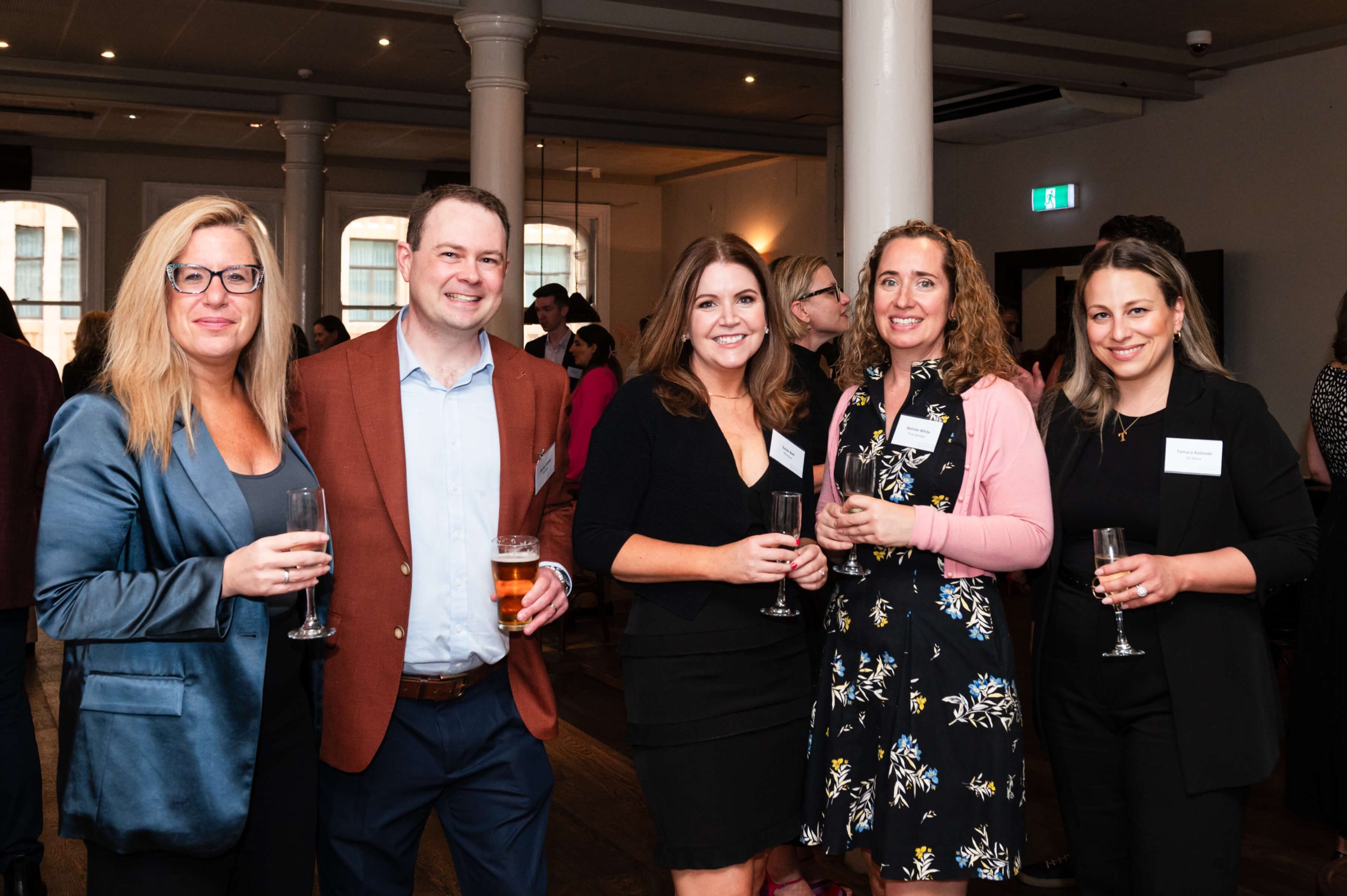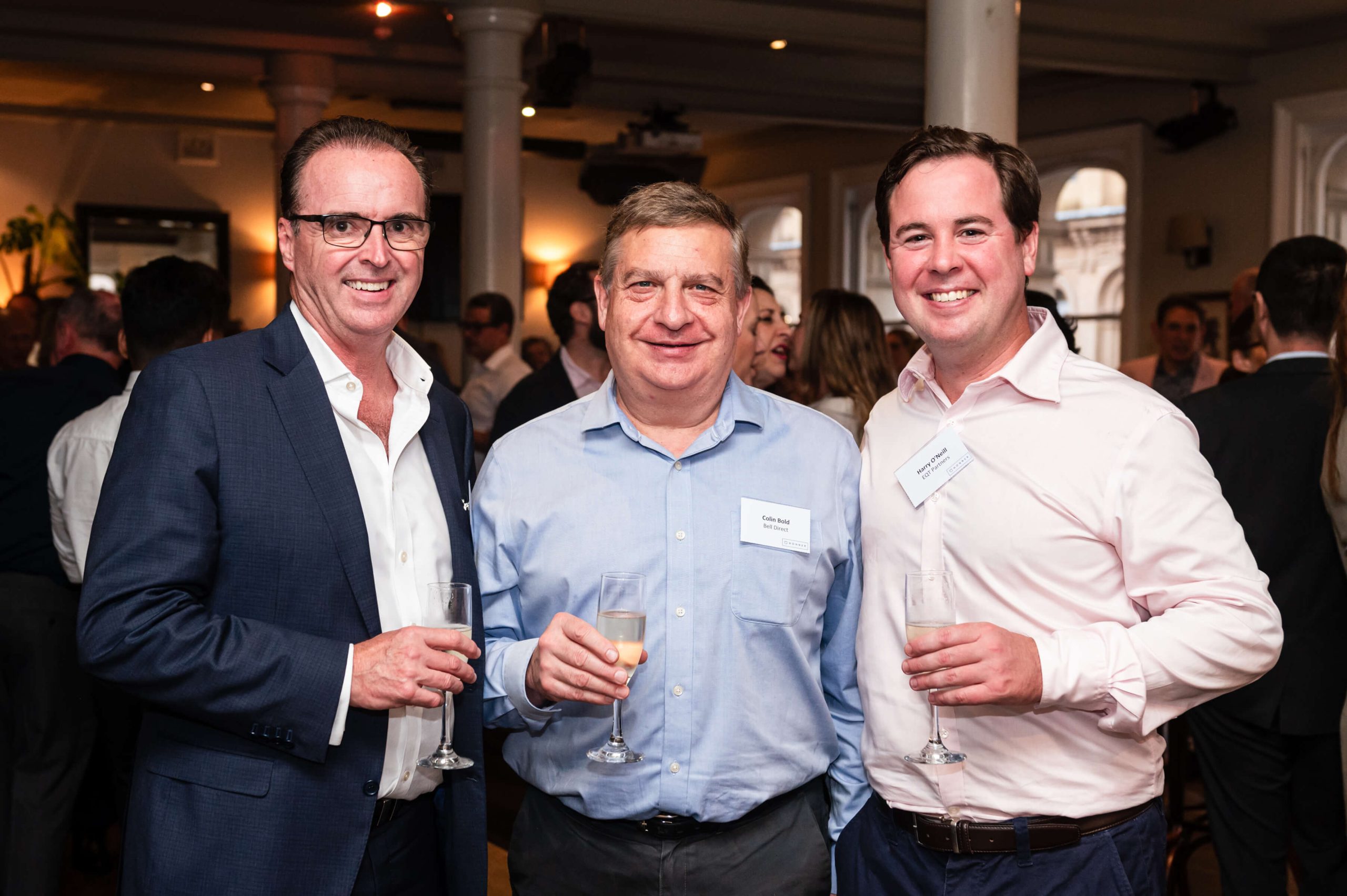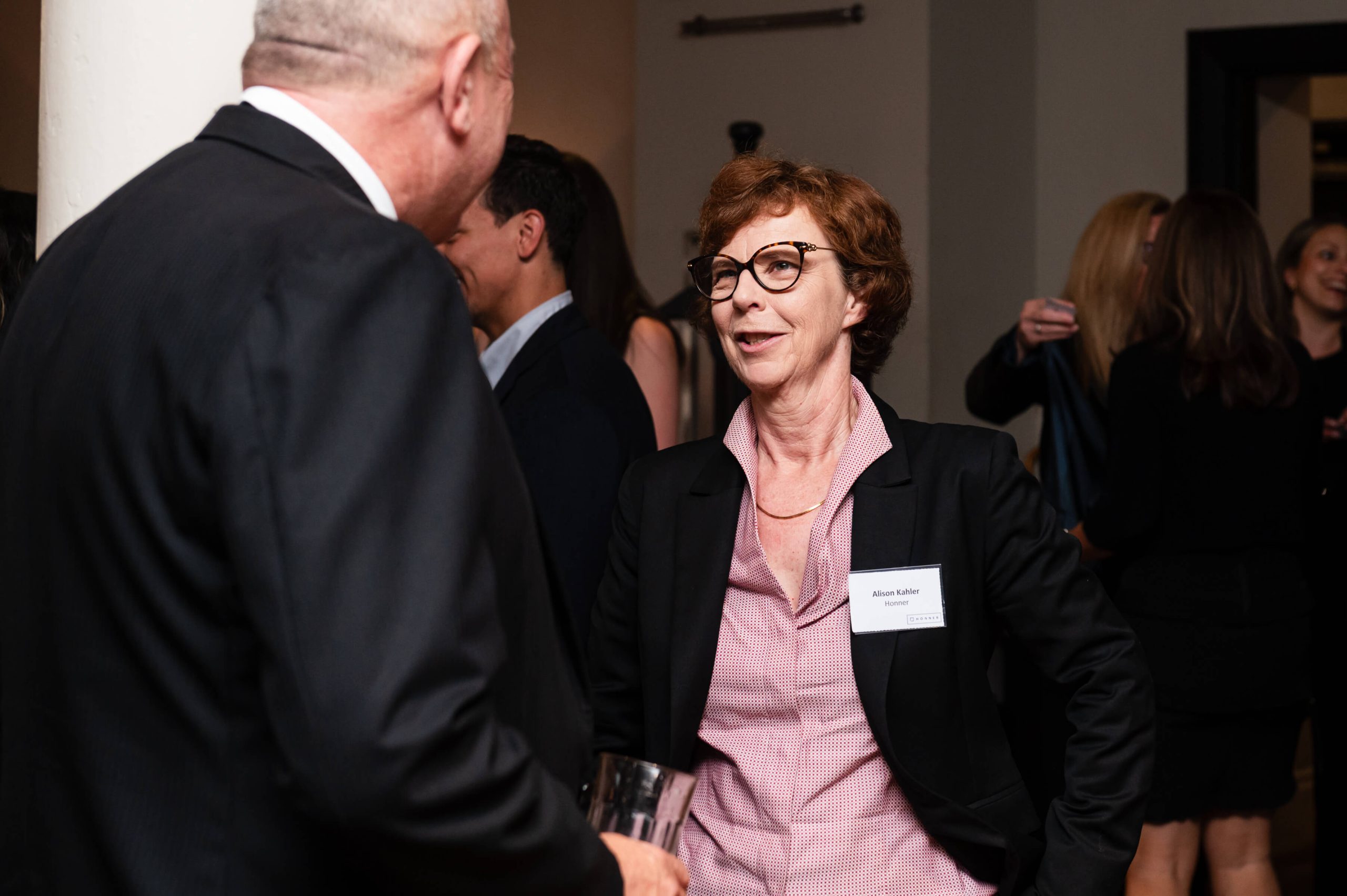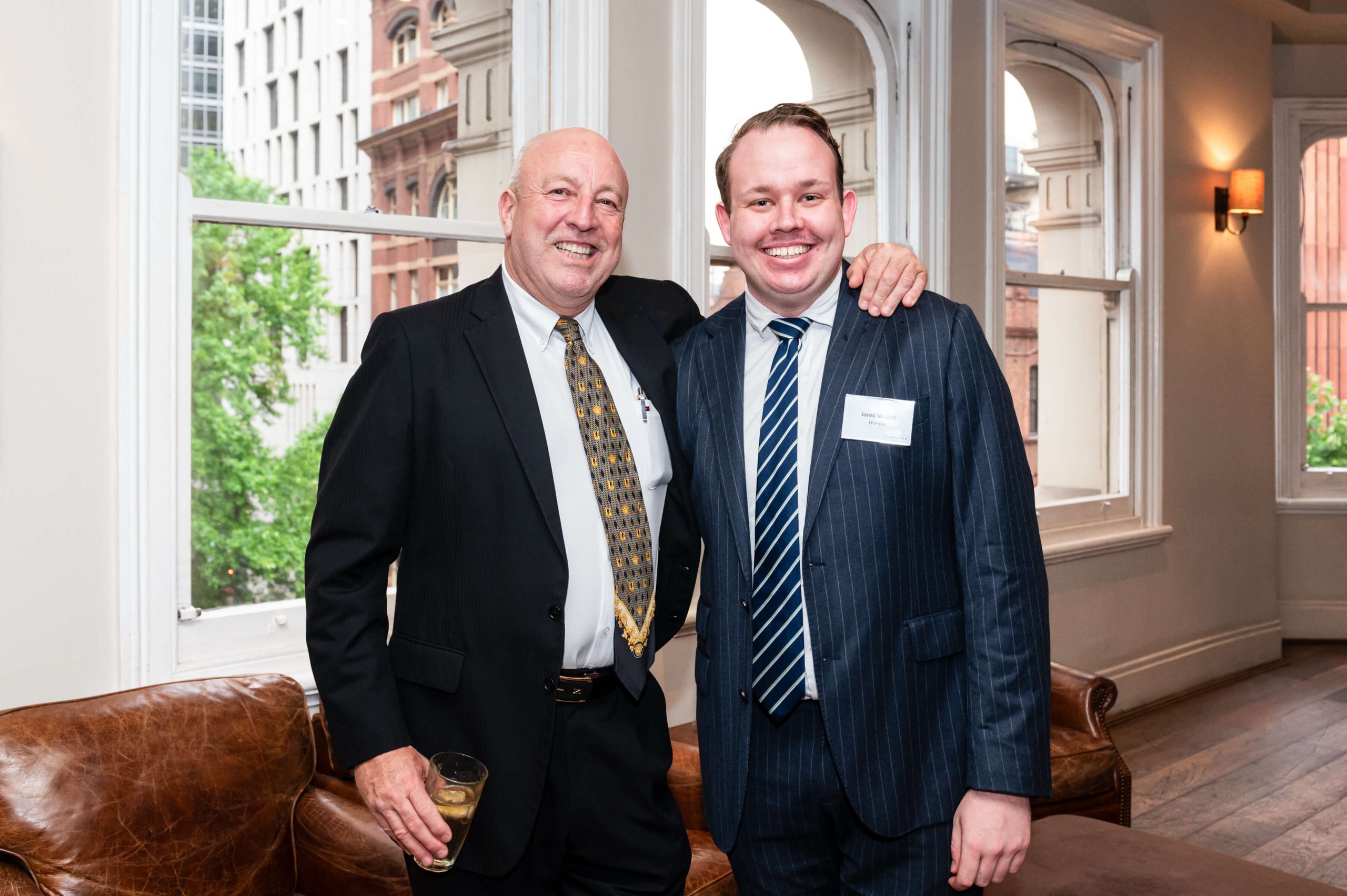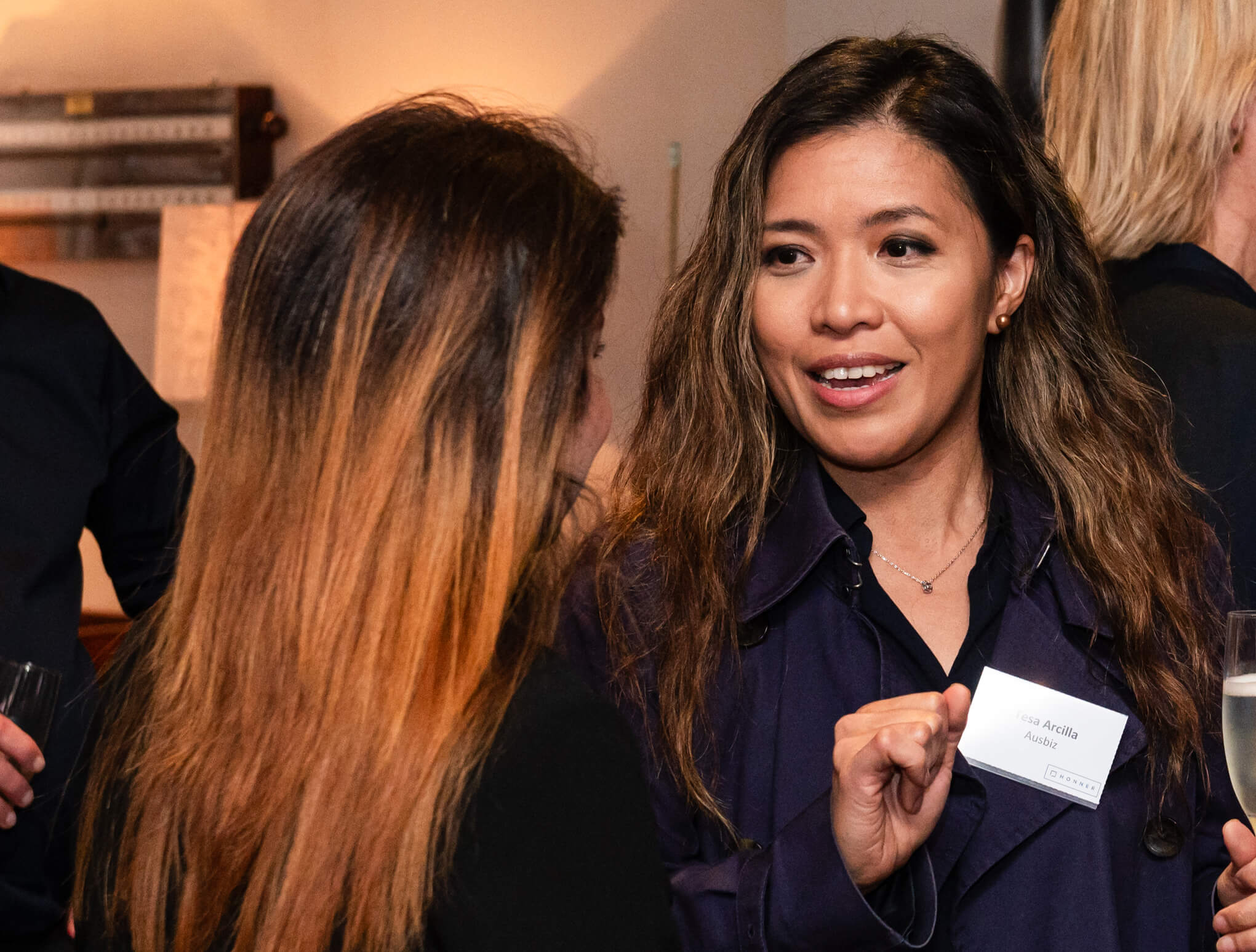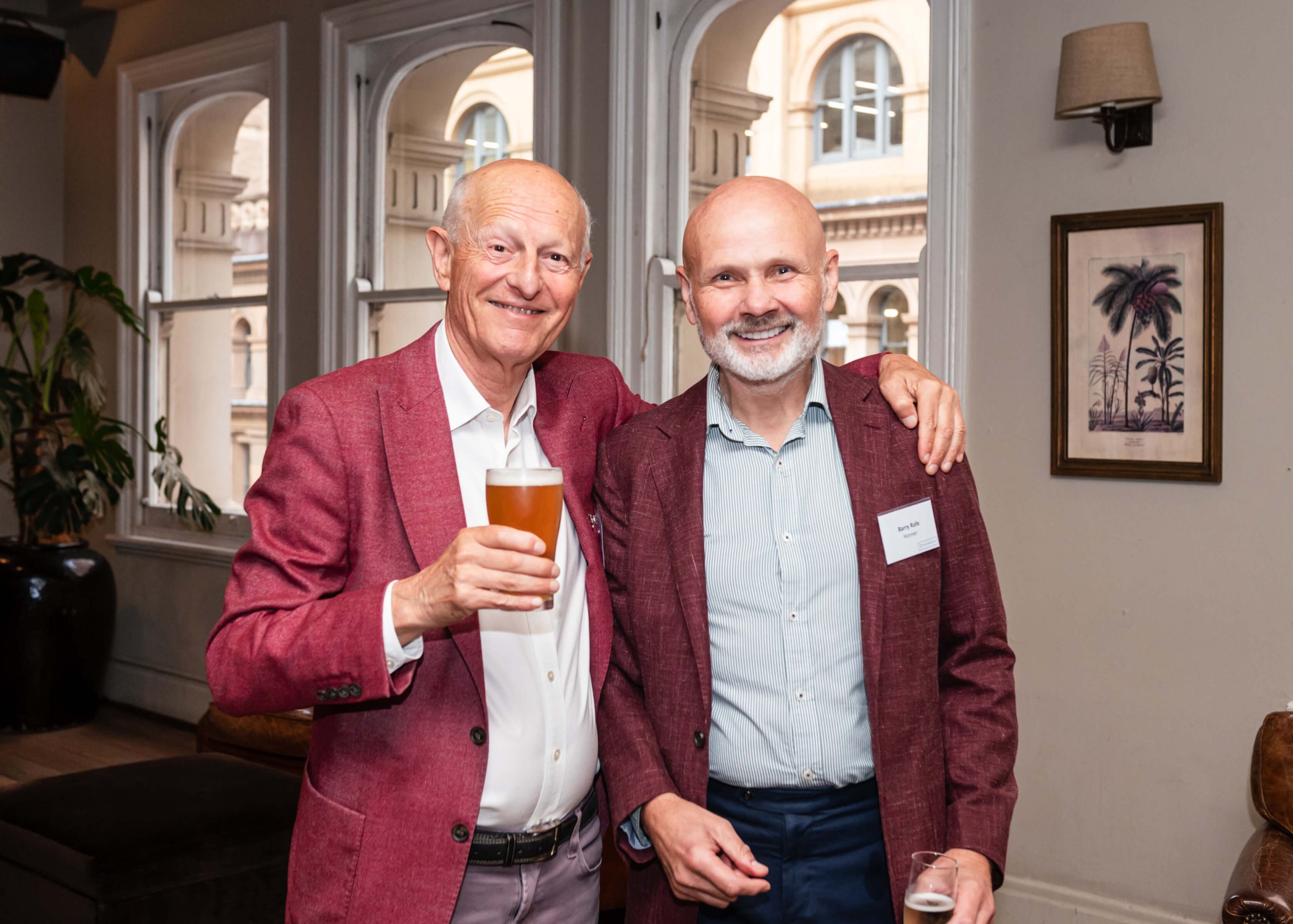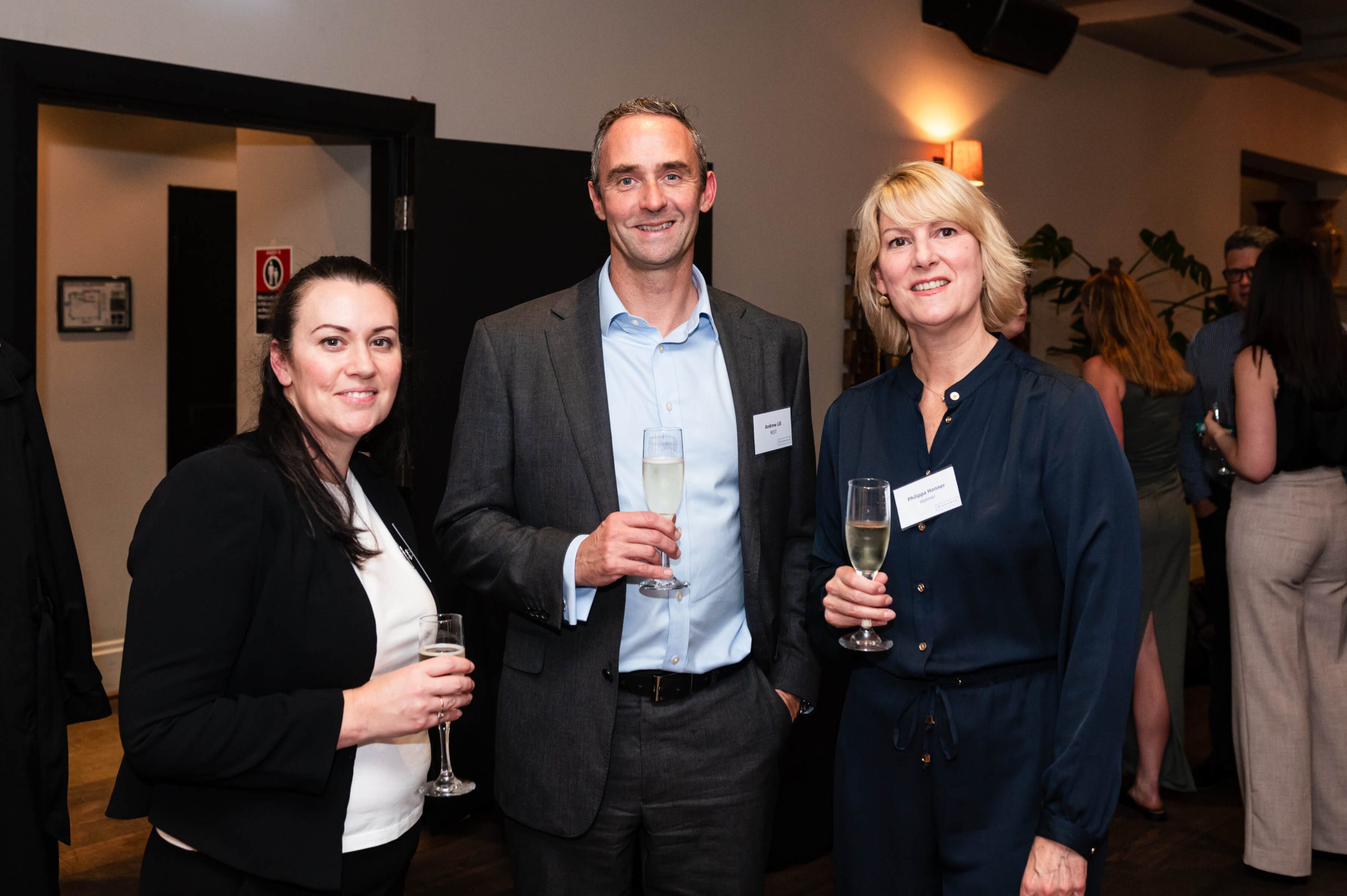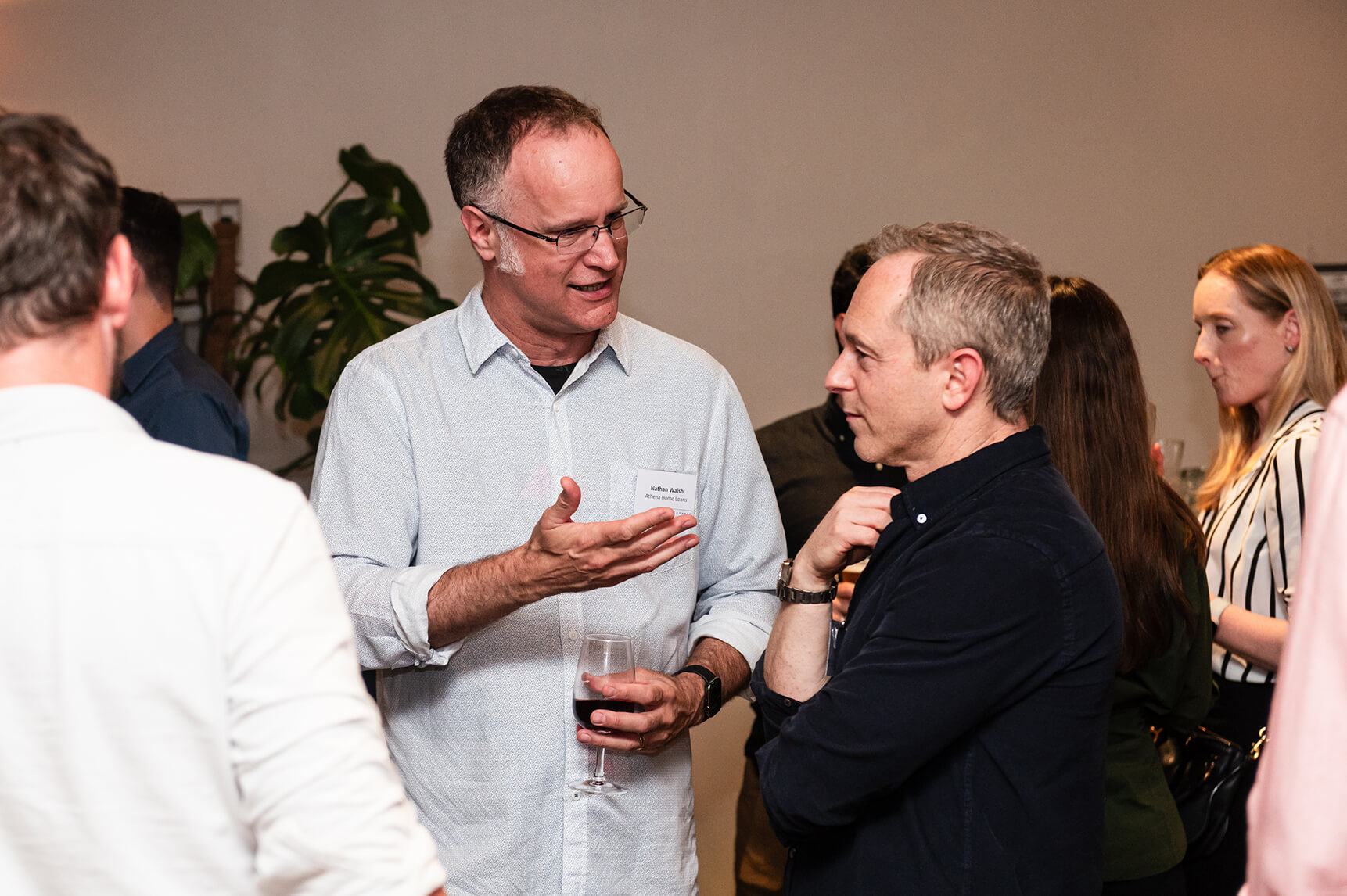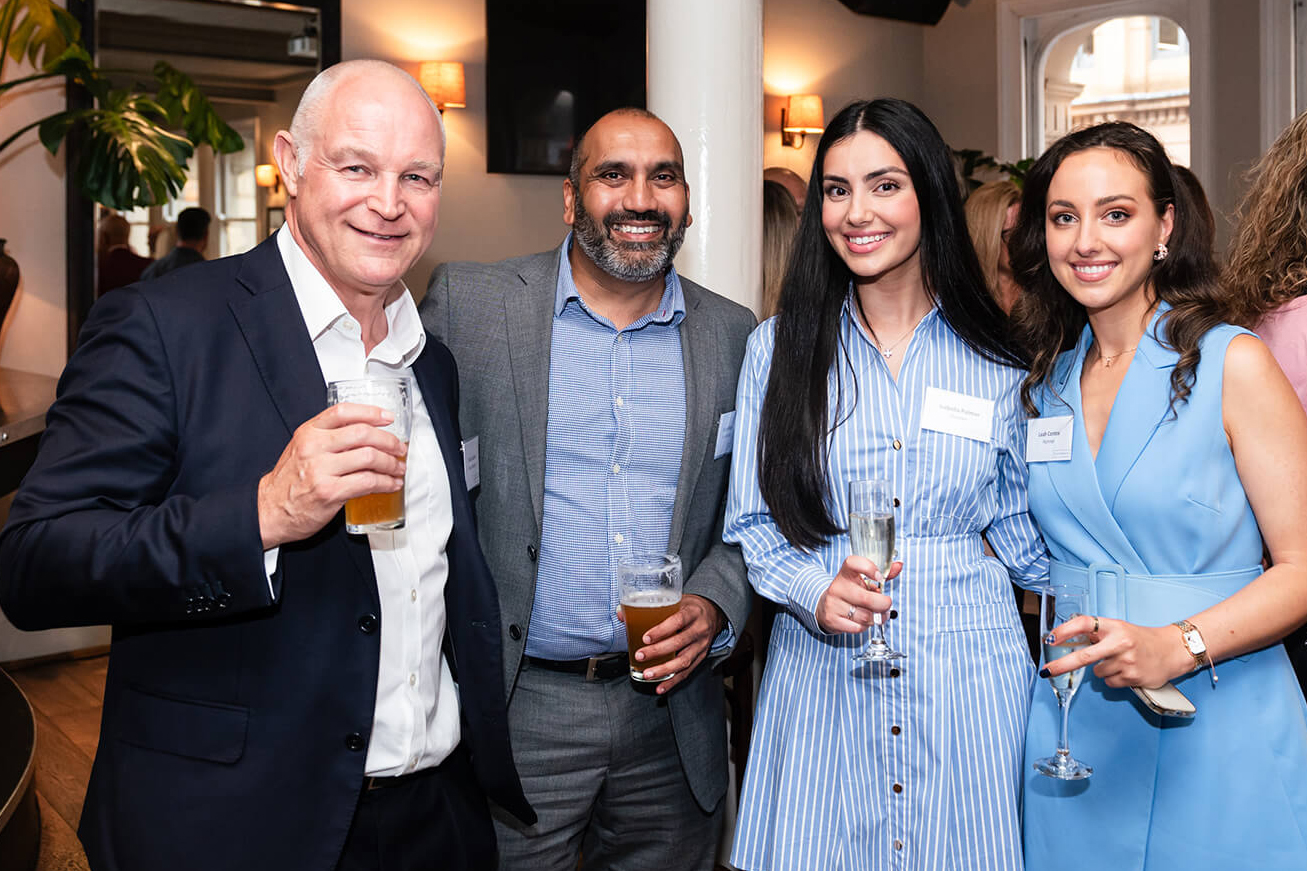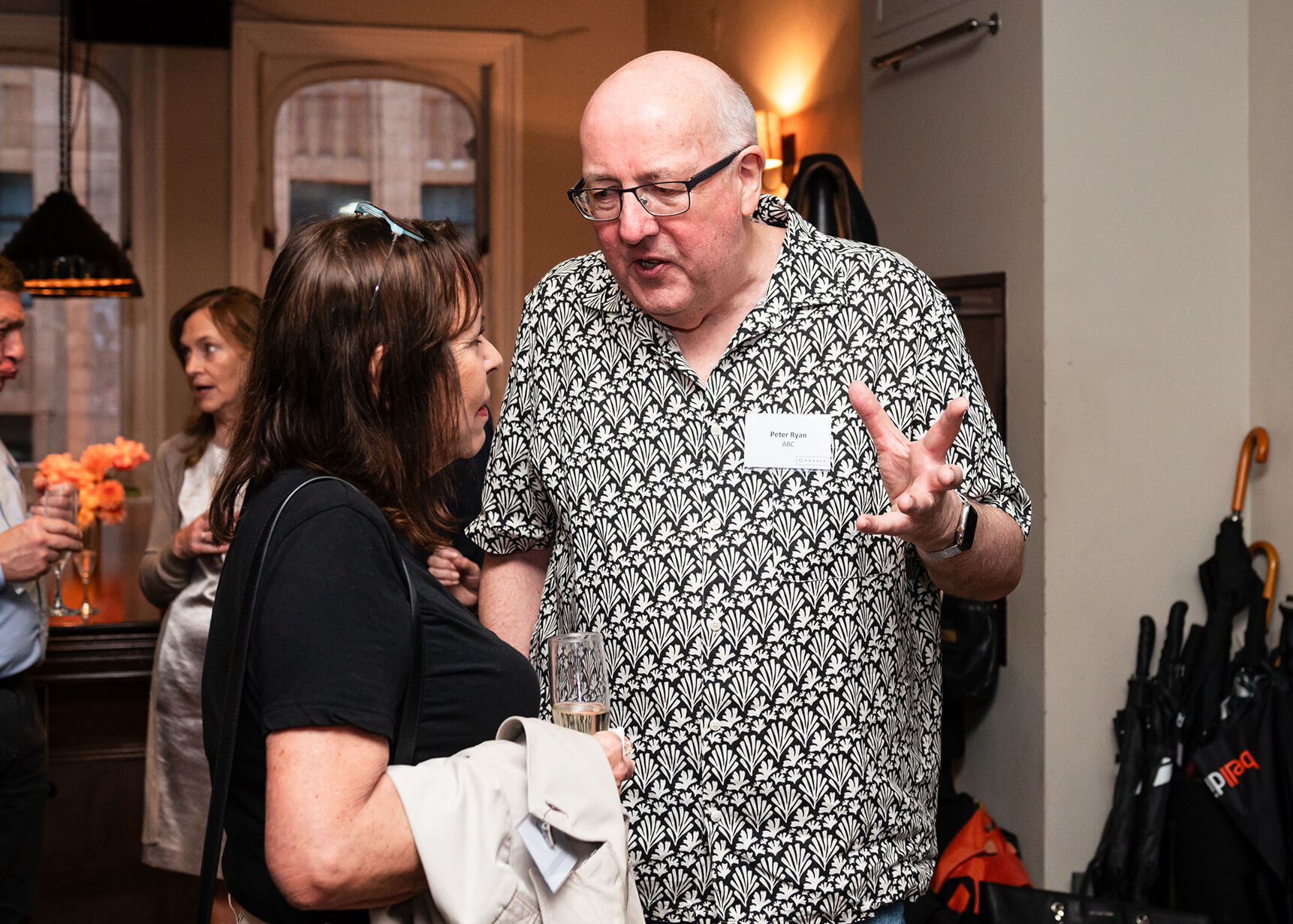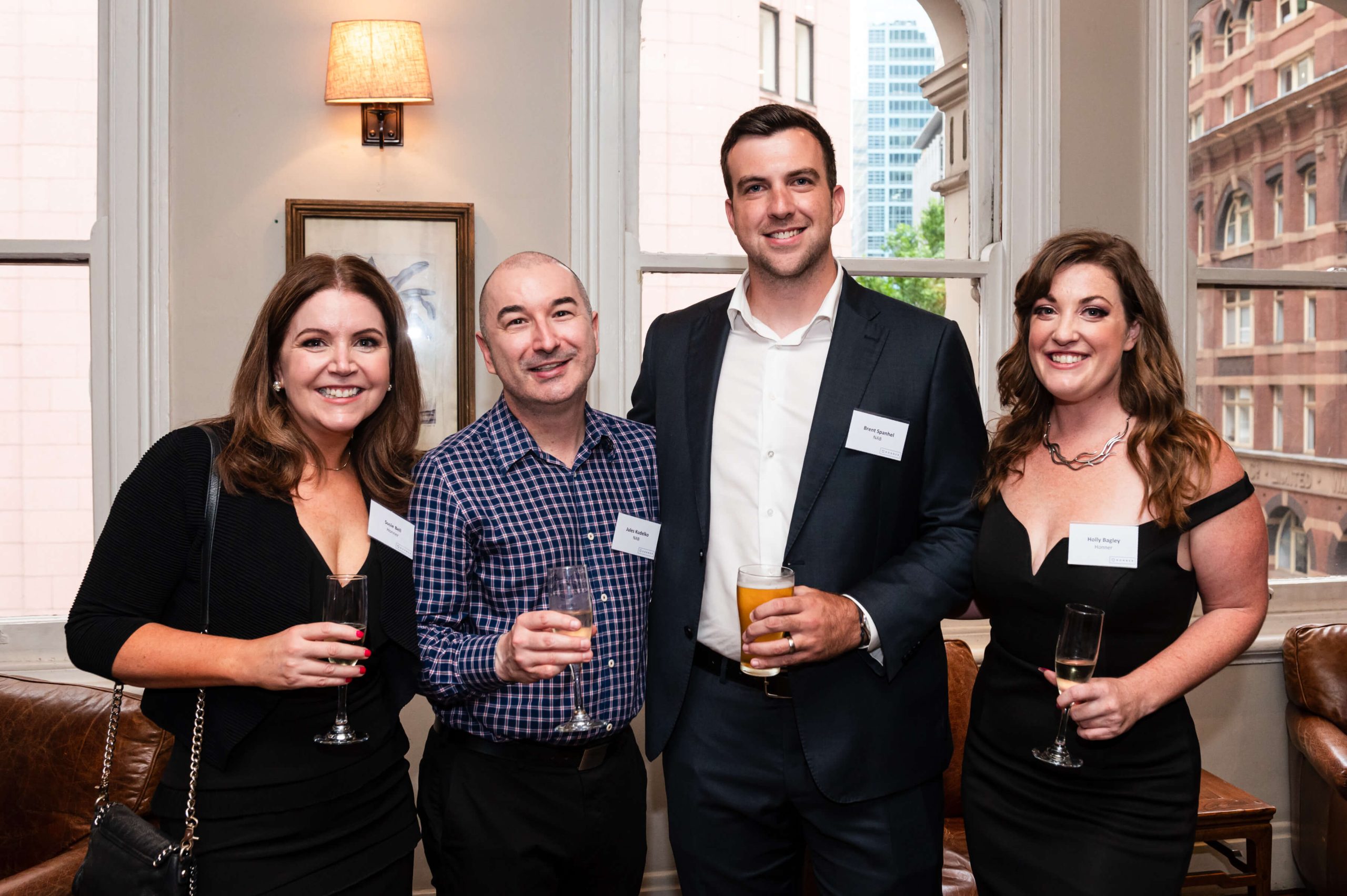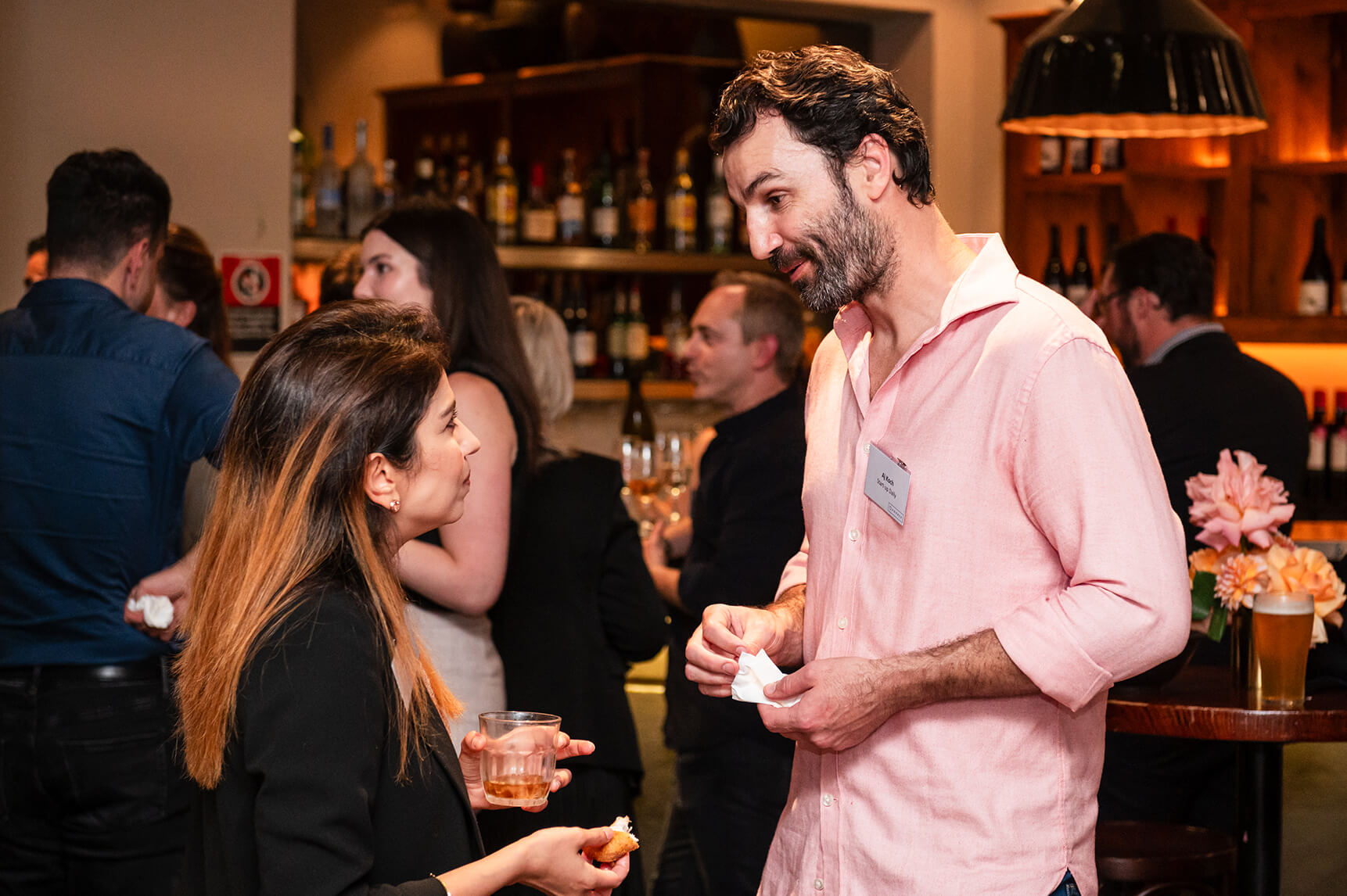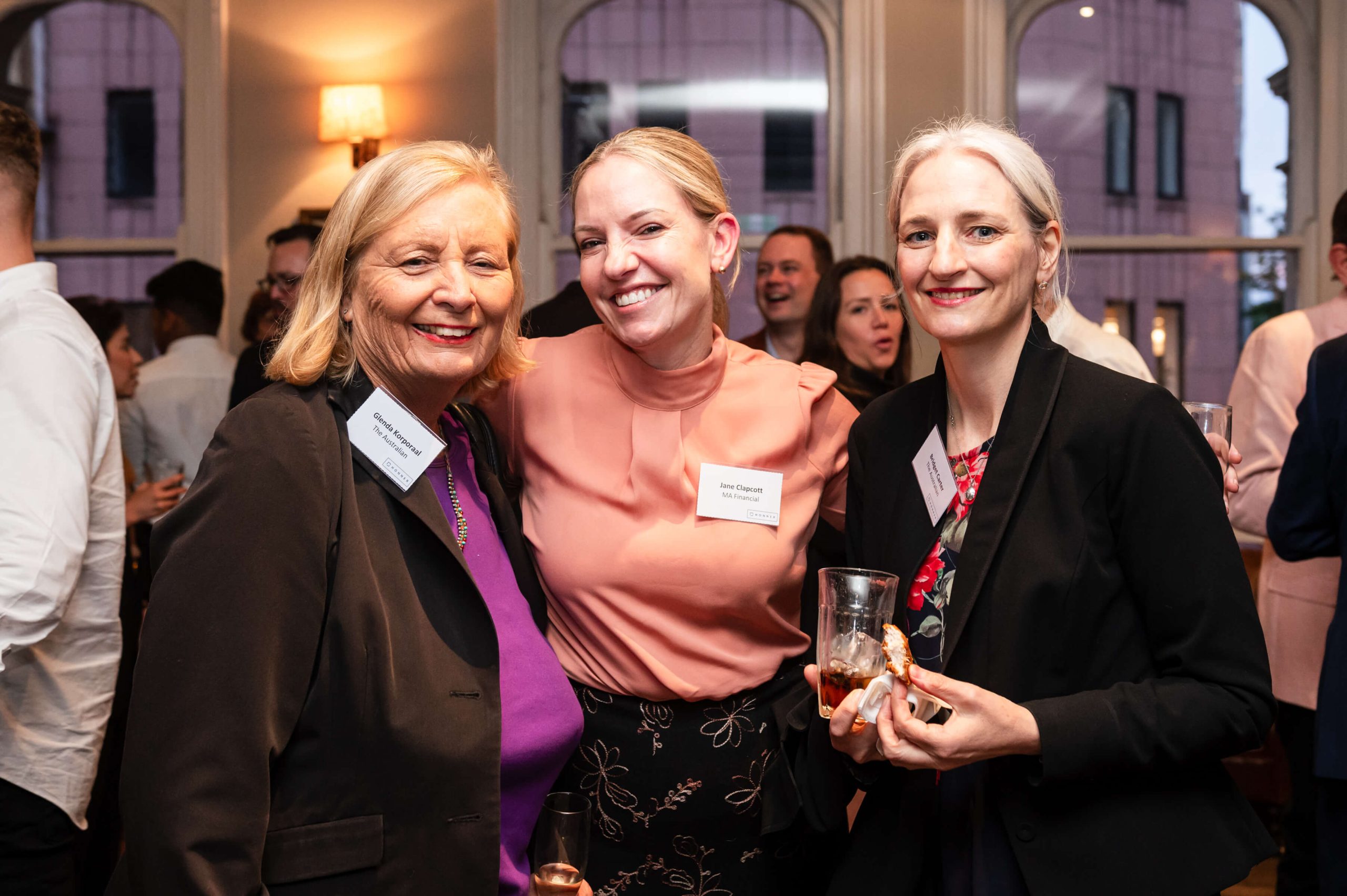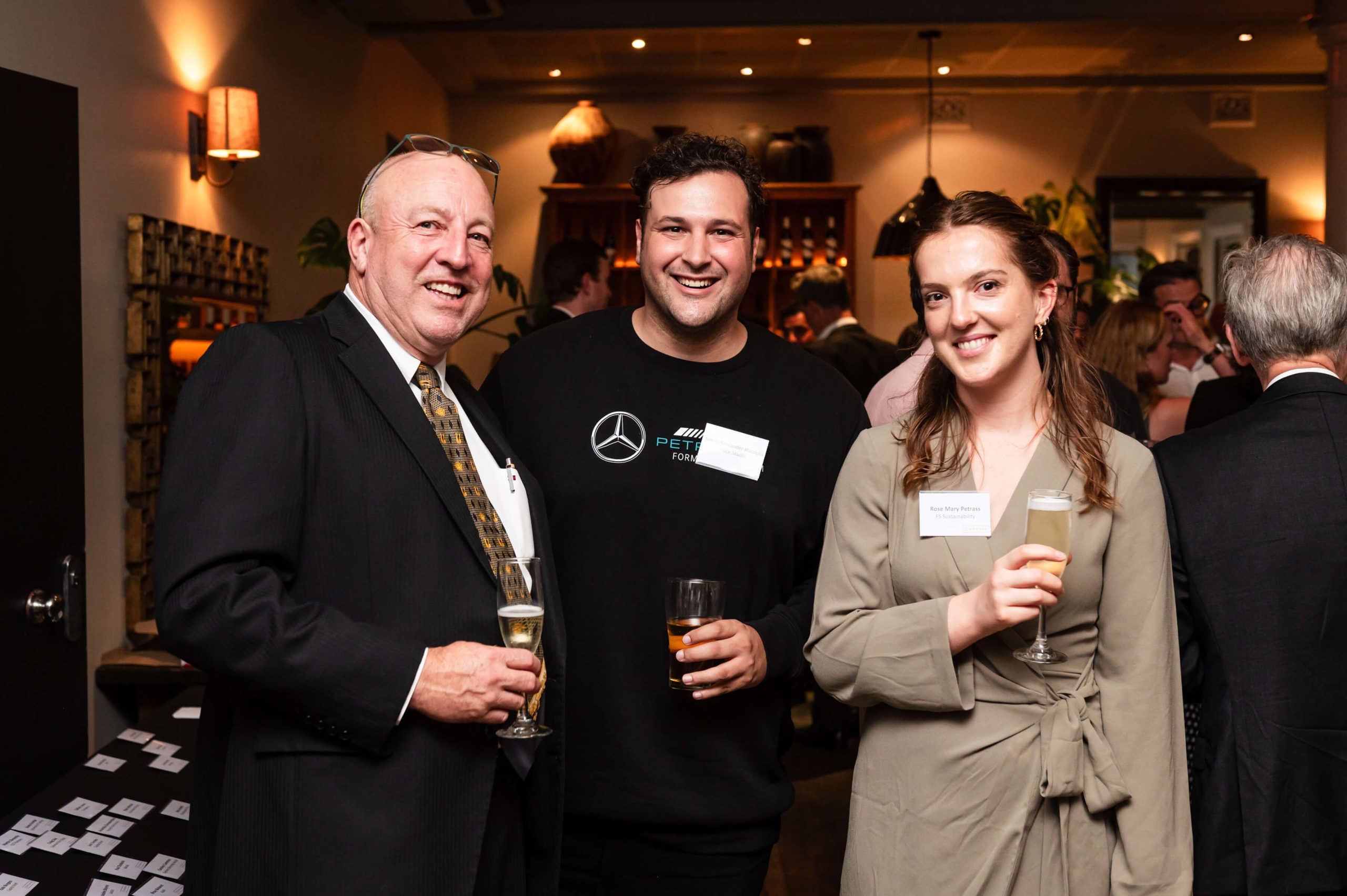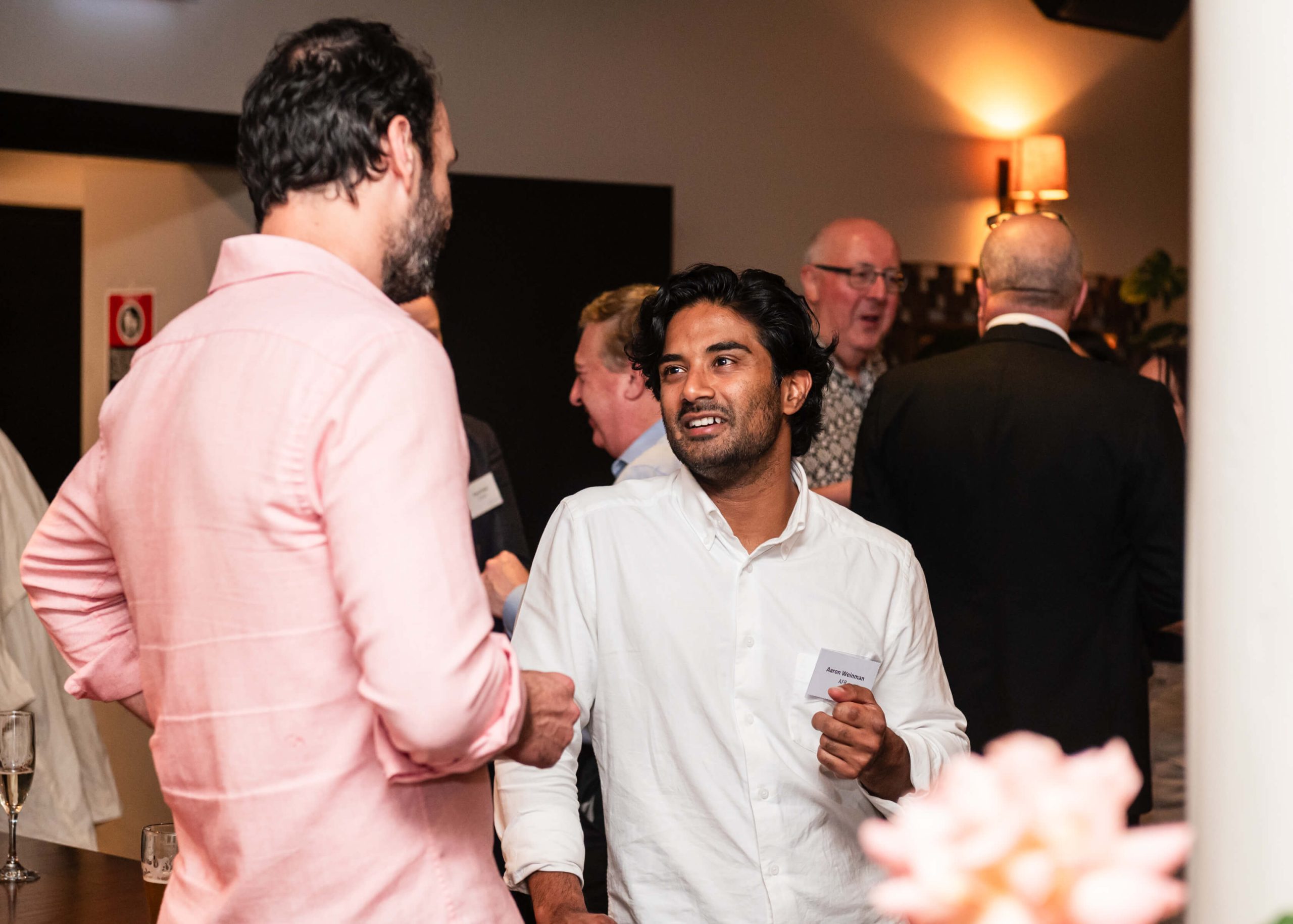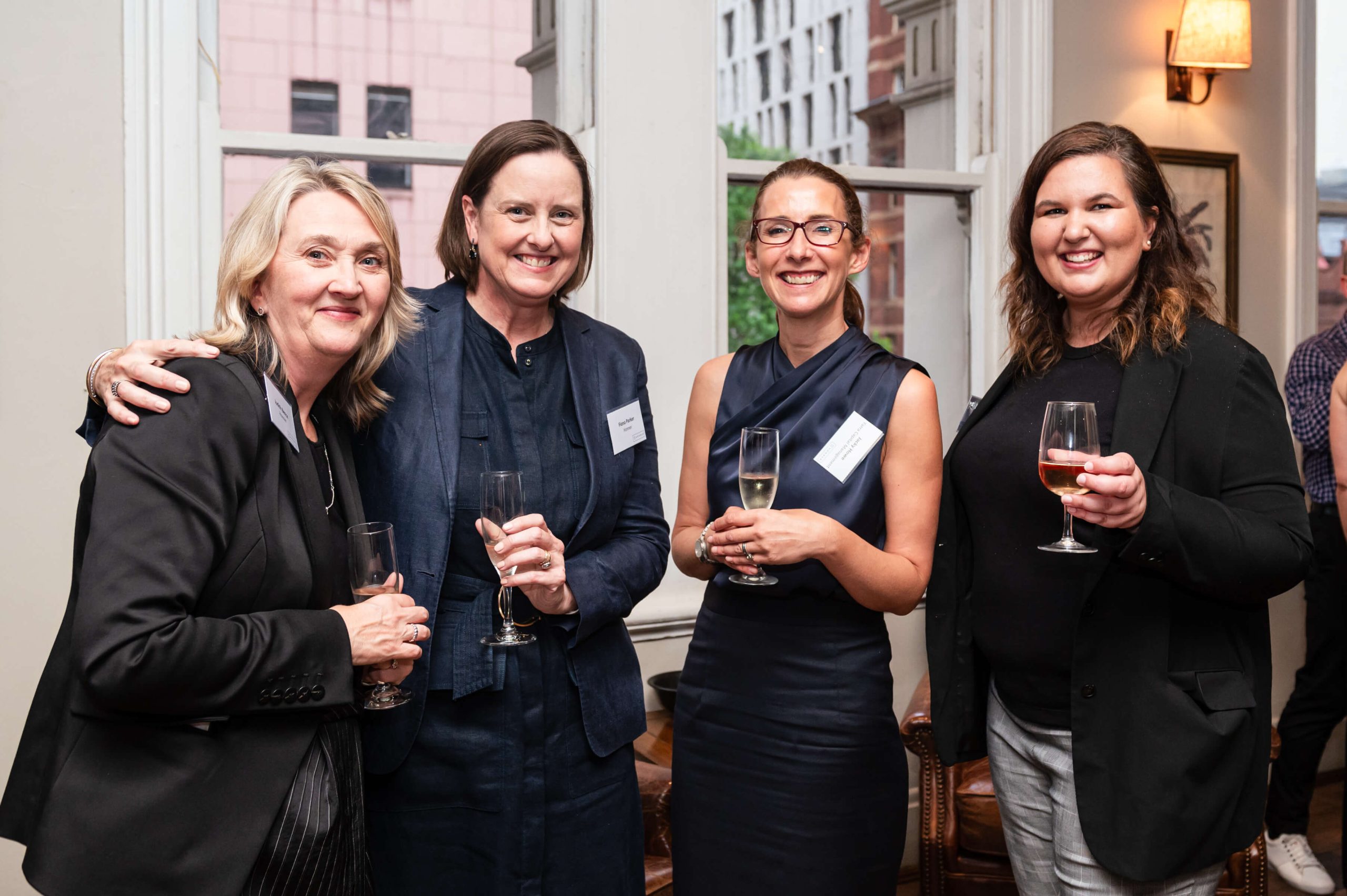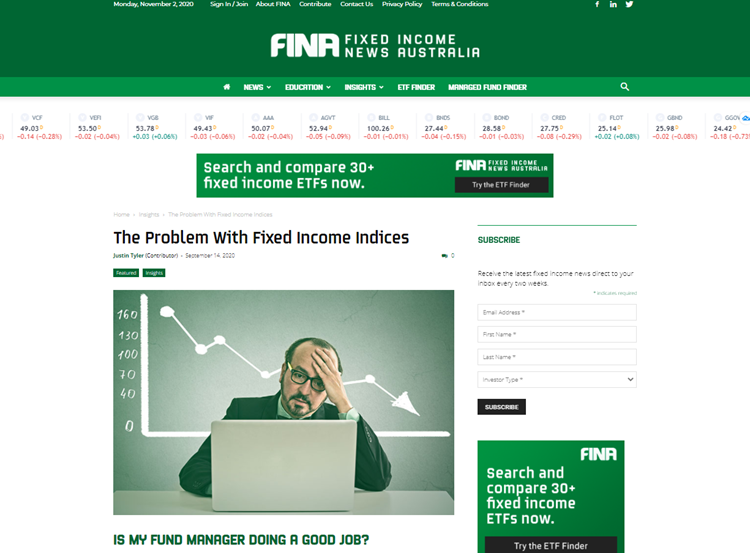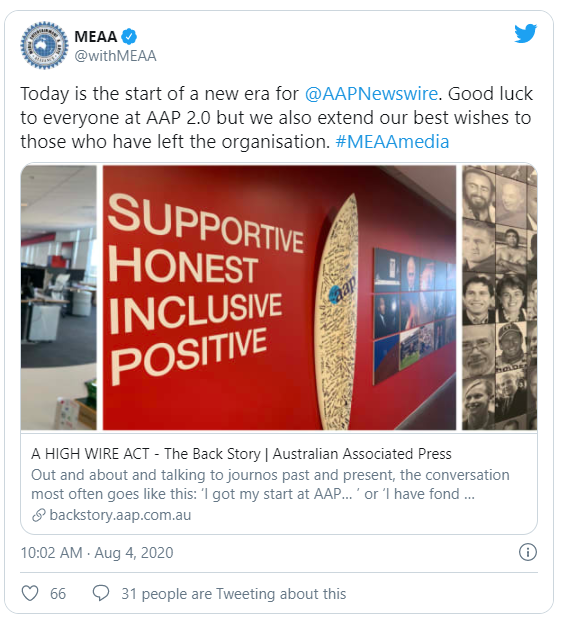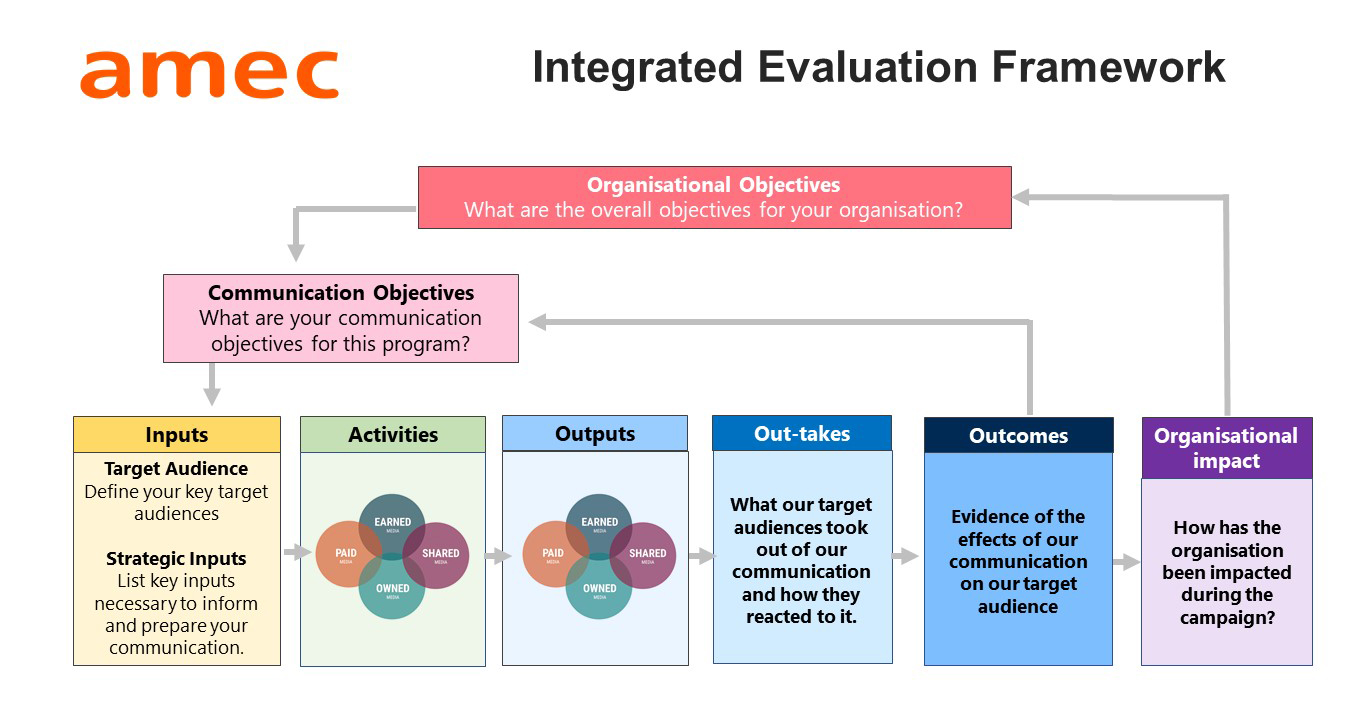Technology has transformed journalism much more than by simply replacing newsprint with websites. The immediacy of online publication and powerful analytics used by media outlets mean the traditional workings of a newsroom are changing quickly.
A page one story is no longer the most sought after by many newspaper reporters. Instead, they win kudos from editors for stories which meet benchmarks for online engagement – in the same way as reporters at digital-only publications.
These real-time analytics mean there’s no longer any doubt about which topics resonate most with an audience: granular data is often likely to determine the daily news agenda as much an editor’s gut instinct.
That’s why, for example, property stories continue to dominate local news coverage: click rates indicate it’s a topic in demand.
Some media can use colour coded systems to distinguish between items that attract readers and those topics that go largely unread, with stories ranked from “green” for the best read through to “red” for those that fail to gain traction.
Journalists can also be recognised for content which generates a new subscription – a customer journey which can now be tracked by the systems used by media companies.
Why it matters
For clients seeking press coverage, the implications of this shift are significant. Editors who focus on data can adjust websites to elevate stories generating traffic and relegate those generating no interest to the dark recesses of a site.
Giving a journalist a story which falls into the latter category is a sure way to limit your chances of successfully engaging the reporter on that same topic again, let alone generate meaningful exposure for your organisation. So, perhaps even more than before, it’s critical to know the elements of a good story:
- A clear, sharp angle
- A topic that resonates with a broad audience
- Credible evidence to back it all up
Here are some other observations worth considering in a media relations strategy, or even your own organisation’s content:
- Puns are out: Headlines of old based on clever word plays are less common. Today’s headlines are very literal and often short, perhaps because search engine optimisation is as much at play at news outlets as elsewhere. Journalists now often write their own headlines, unlike the past when sub-editors performed that role. And headlines may be changed if early traffic for a story doesn’t meet expectations.
- Speed is key: The 24/7 news cycle means media comment needs to be delivered swifter than ever to get published – often within the hour (so forward planning is key if you want to comment on an upcoming event).
- Remember trade press: The fact a story fails to generate clicks at a mainstream publication may simply mean that it’s targeted at the wrong audience. The financial trade press continues to give industry players a strong voice that reaches a dedicated readership.
- Newsletters extend reach: Many news outlets wrap up regular coverage in newsletters to which readers subscribe by choice. More popular stories are included in these newsletters, which increases the chances of a story reaching the target audience. The Australian Financial Review, for example, has around 20 newsletters including Inside Property, Carbon Challenge, Wealth Generation and Before the Bell. The ABC’s weekly Your Money Explained newsletter is another example that directly targets readers with financial content.
- Not clickbait: Relying on reader analytics doesn’t necessarily equate to clickbait. Authoritative and thoughtful comment remains in high demand for business news.
Media companies differ in their application of the above principles but the broad trend is evident.
Honner has strong relationships with mainstream media and the financial press that gives us a front row seat to the changing media landscape. To discuss any of the above in further detail please contact zoe@honner.com.au



